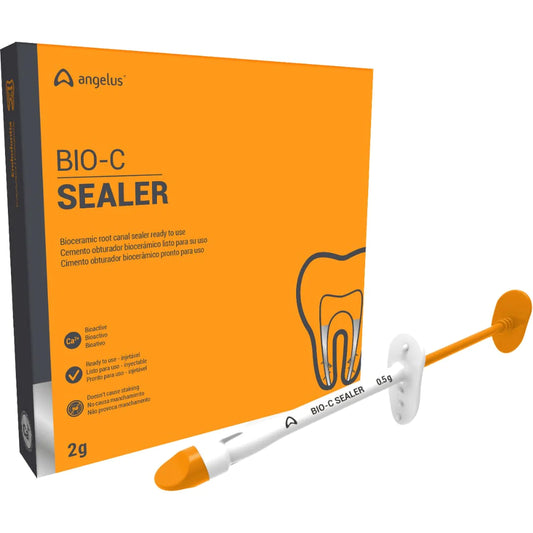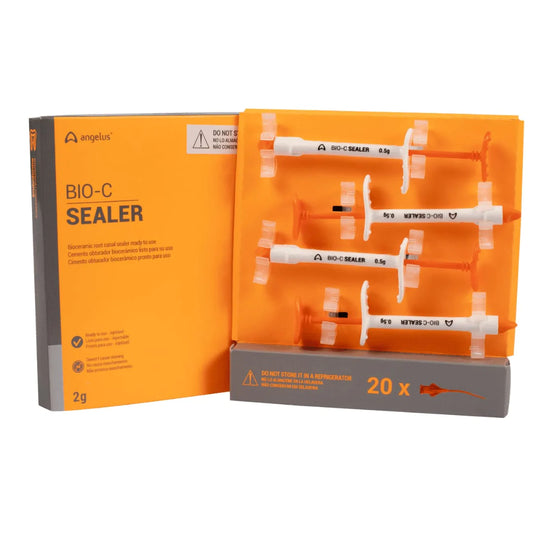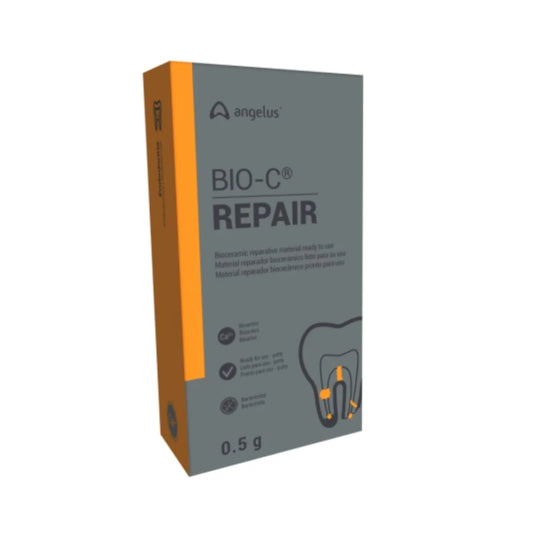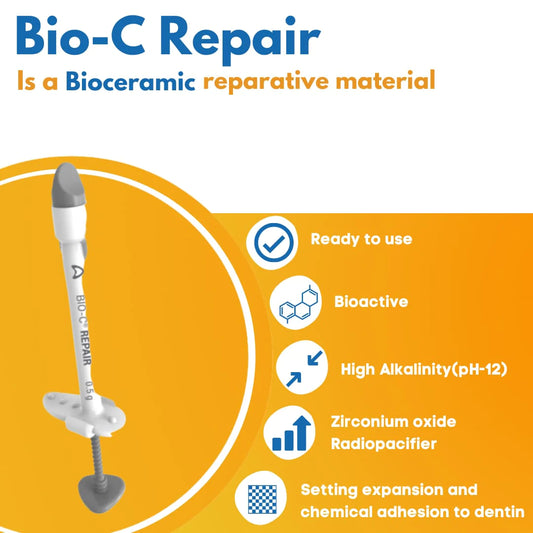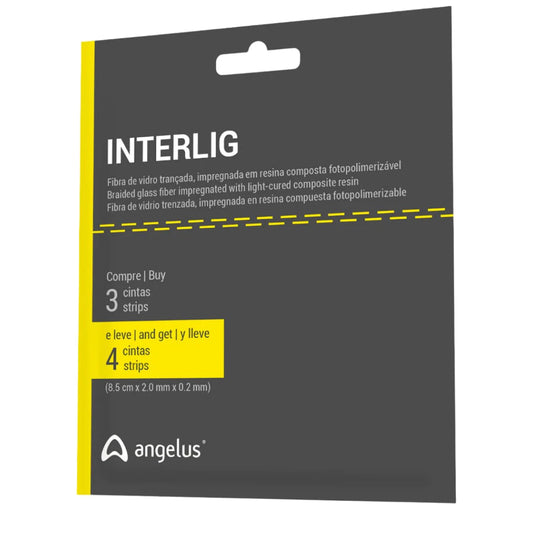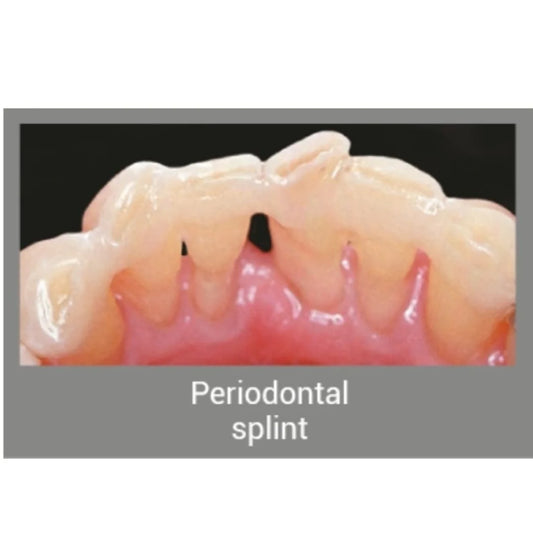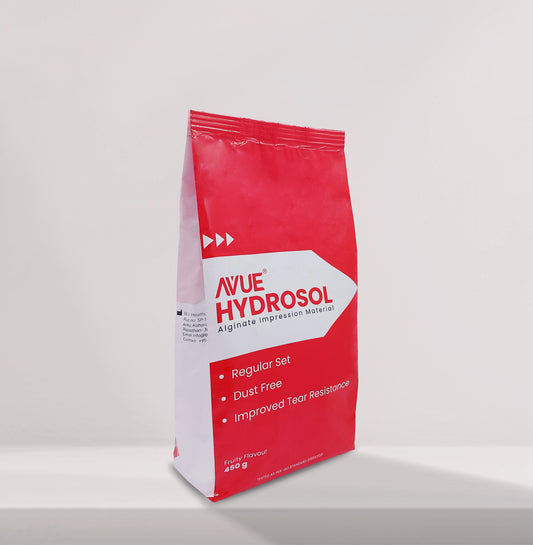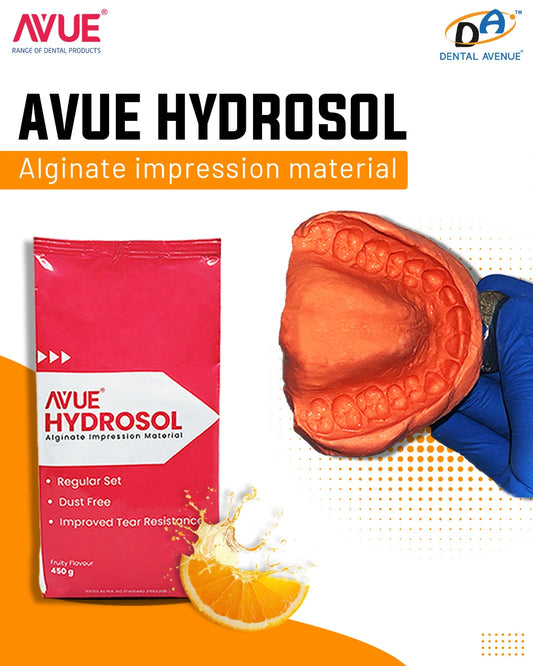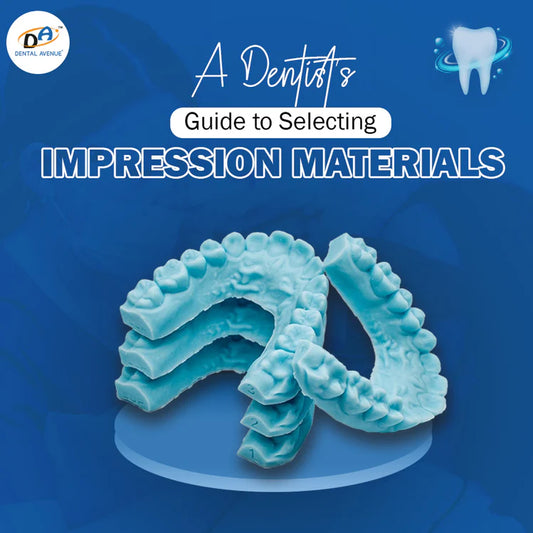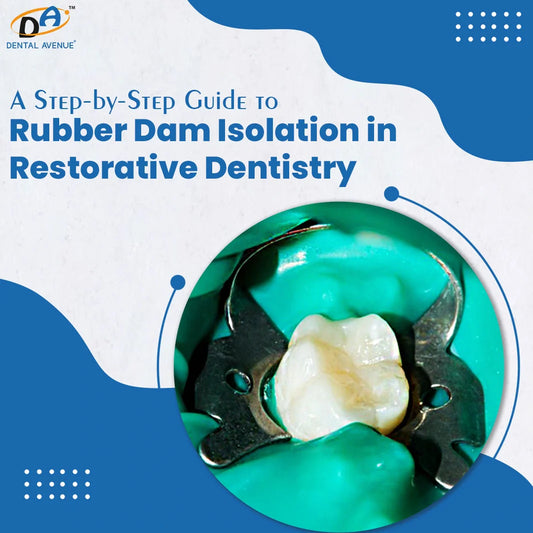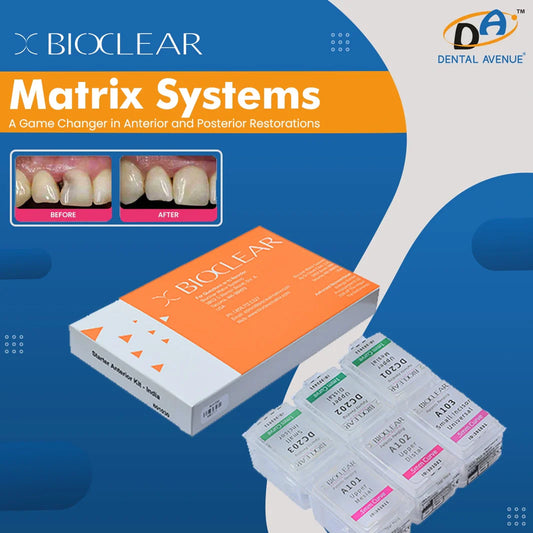When it comes to dental restorations, composite and amalgam fillings have long dominated clinical practice.
Each material brings its own benefits, trade-offs, and ideal use cases. But as a dentist, dental student, or a reseller of dental products, the real question remains: which is better for your patients?
In this guide, we break down the differences between amalgam vs composite fillings using practical insights and current best practices, so you can make informed choices based on clinical needs and patient expectations.
Scroll down to understand the nitty-gritty details of the filling materials, combining the latest global insights, a hint of local expertise, and a fresh perspective on what matters for oral health.
This insight has details from the excerpt of dentistry of west bend, mint dental mn, brigail dental group, cloning dentistry, my cleveland clinic, dental town &more.
Understanding Composite Filling
Composite fillings consist of plastic resin and fine glass particles; these fillings are supposed to match the natural colour of your teeth perfectly. What makes them unique is versatility – they can fix cavities, as well as chipped/worn teeth, making them a must-have in general dentistry as well as cosmetic procedures.
Composite kit materials adhere directly to the tooth surface via a special adhesive; there is less preparation and more natural tooth preservation. Thanks to the advancements in Dental Nano Technologies, the composites are as durable and pleasant to the eye as never before. In fact, for patients looking for that “invisible fix,” composites often top the list.
Pros & Cons of Composite Filling
Pros
-
Aesthetic Excellence: The most important advantage is aesthetics—they can be closely matched to the shade of your natural teeth, making them nearly invisible. Ideal for visible areas like Anterior teeth.
-
Adhesion & Tooth Preservation: Etching roughens the tooth surface and opens up tiny pores. The bonding agent flows into these pores, creating a strong micromechanical bond that securely bonds the composite to the tooth.
-
Versatile Usage: They’re not just for cavities! They are what dentists often use for light reshaping, repair of chips, and even closing the diastema (gaps between teeth).
-
Repairable: In the case when the part of the composite filling becomes damaged, it is not necessary to replace the whole filling because the dentist can easily restore the damaged area.
-
Less Post-op Sensitivity: The insulation properties offer some protection against heat and cold, potentially minimising sensitivity.
Cons
-
Durability: Although much stronger than their older relatives, they are still not quite as tough as metal-based alternatives, particularly in repairing big molars under heavy chewing loads.
-
Staining: As with natural teeth, composite fillings can discolour with time, particularly from coffee, tea, or smoking.
-
Higher Cost: They are a little more expensive initially than amalgam, partly because of additional technique sensitivity and time.
-
Longevity: On average, composite fillings last 5-7 years, though many last much longer with proper care.
-
Technique Sensitivity: They require a moisture-free field. Any contamination during placement may reduce their lifespan. According to Mint Dental, achieving proper isolation is a crucial step during composite placement to ensure restoration success
Pro Tip: Get a complete composite kit & dental equipment, and more from Dental Avenue.
Understanding Amalgam Fillings
They have been in use for more than a century. Amalgam fillings are an admixture of metals, most of which is silver with some tin, a bit of copper, and about half elemental mercury by weight. This combination makes a tough material resistant to chewing, especially in the posterior teeth.
Amalgam fillings are reputed to be strong, durable, and fast to place. They’re especially preferred in conditions where moisture control is difficult, or for bigger, more extensive restorations.
As highlighted by Briglia Dental Group, amalgam remains one of the most dependable materials for large cavities and molars due to its mechanical properties
Pros & Cons of Amalgam Fillings
Pros
-
Exceptional Durability: These fillings can last 10-15 years or more, making them a tried-and-true solution for molars that bear the brunt of chewing forces.
-
Strength: Amalgam’s resilience is unmatched, especially for large cavities in posterior teeth.
-
Cost-Effective: They tend to cost less than composites and often require less time to place.
-
Less Technique Sensitive: They’re not as picky about a totally dry field during placement, a practical plus for many patients.
Cons
-
Aesthetics: The unmistakable “silver” look is impossible to hide, making amalgam a poor choice for front teeth or any visible areas.
-
Mercury Concerns: Some patients worry about mercury exposure. While the FDA and WHO state that amalgam is generally safe for most adults, the potential for minimal mercury vapours exists, especially if the filling is old or damaged.
-
Allergic Reactions: Rare, but possible, especially in patients sensitive to any of the metals in the amalgam blend.
-
Thermal Expansion: Amalgam expands and contracts with temperature changes more than tooth structure, very rarely leading to cracks in the long term.
-
Invasiveness: Often, more healthy tooth tissue needs to be removed to create enough space for the filling.
Amalgam vs Composite Dental Fillings
|
Feature |
Composite Fillings |
Amalgam Fillings |
|
Appearance |
Tooth-colored & natural |
Silver, very noticeable |
|
Longevity |
5-7 years (often longer) |
10-15+ years |
|
Placement |
Technique-sensitive |
Less sensitive |
|
Cost |
Higher |
Lower |
|
Tooth Conservation |
More conservative |
May require more removal |
|
Strength |
Excellent (small/medium cavities) |
Superior (large, load-bearing) |
|
Staining |
Can stain over time |
No staining, but remains silver |
|
Repairability |
Easy to repair |
Difficult to repair |
|
Mercury Content |
None |
Contains elemental mercury |
|
Sensitivity Risk |
Usually mild & short-lived |
Possible, usually temporary |
|
Environmental Impact |
Low |
Contains mercury, an environmental concern |
Composite Filling or Amalgam: Which Filling is Better for You?
The answer lies in a personalised approach. If a patient prioritises aesthetics, minimal invasiveness, and a natural look, especially for front or visible teeth, composite should be your go-to. For load-bearing teeth, large cavities, or when finances are a big factor, amalgam still shines.
Dentists should weigh up patient preferences, oral hygiene, cavity size, budget, and even medical history (allergies, sensitivities) when making that final call.
JADA (2015) outlines evidence-based recommendations on restorative materials, guiding clinical decisions for both amalgam and composite use.
Selection of dental restoration materials: Finding the most suitable solution for you
Demand of Restoration stems on the various factors:
1) Extent of dental caries, tooth defect or discoloration
2) While choosing suitable dental restoration material- Tooth position, Repair purpose, Patient needs should be considered
3) The correct tooth preparation and application of dental restoration material is the key to ensure restoration effectiveness
4) The functional load and occlusion are critical criteria in material selection as posterior teeth require high strength material while anterior teeth prioritize aesthetics.
Final Thoughts
There’s no universal “winner” in the composite vs. amalgam debate. Be it temporary dental filling (temporary tooth filling material) or permanent one, dentists must balance science, artistry, and patient preference to make the right call.
Dental Avenue India’s supply network means reduced lead times and ready access to after-sales support. As a dentist in India, you gain unprecedented confidence backed by a brand committed to elevating clinical outcomes for every smile.
The right filling isn’t just about what goes in the tooth. It’s about who’s placing it in, where it’s placed, the patient’s unique needs, and the superior materials
Frequently Asked Questions (FAQs)
- Aesthetic Appeal: Composite fillings can be color-matched to the surrounding teeth, making them virtually invisible.
- Bonding Properties: They micromechanically bond to the tooth structure, providing additional support and reducing the risk of fractures.
- Less Tooth Removal: The application of composite materials typically requires less drilling compared to amalgam, preserving more of the natural tooth structure.
- Durability: Amalgam fillings are known for their strength, making them less likely to wear down under the pressure of chewing.
- Longevity: On average, amalgam fillings can last 10-15 years or longer, while composites may need replacement sooner, particularly in high-stress areas of the mouth.
- Cost-Effectiveness: Amalgam fillings are generally less expensive than composite options, making them a more economical choice for larger restorations.
References Taken From -
https://www.dentistryofwestbend.com/composite-vs-amalgam-fillings/
https://mintdentalmn.com/step-by-step-dental-filling-procedure/
https://www.brigliadentalgroup.com/silver-amalgam-vs-composite-resin-filling-materials/
https://www.cloningerdentistry.com/blog/amalgam-vs-composite/
https://summitdentistryspokane.com/blog/everything-you-need-to-know-about-composite-fillings/
https://countrydental.ca/blog/types-of-dental-fillings/

